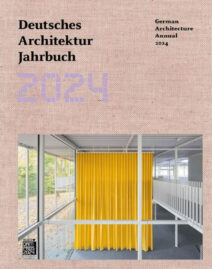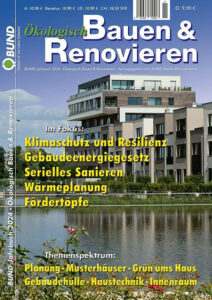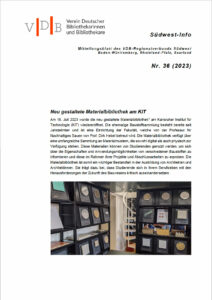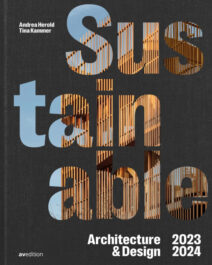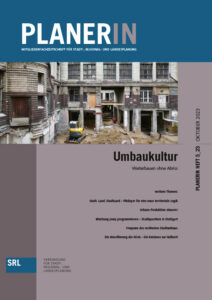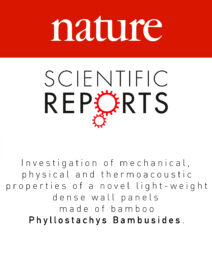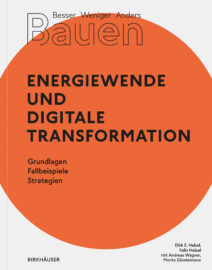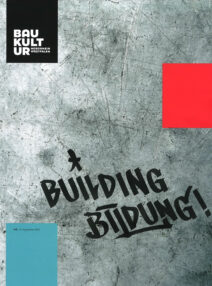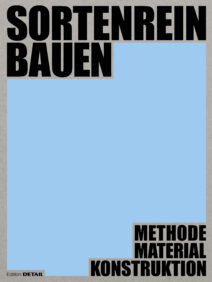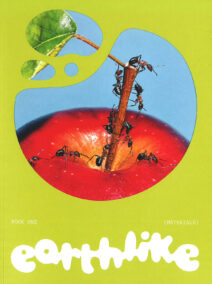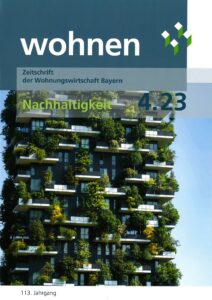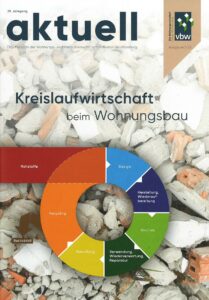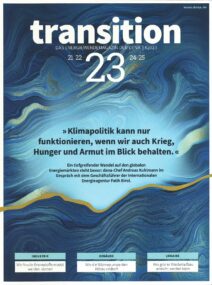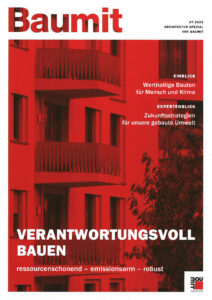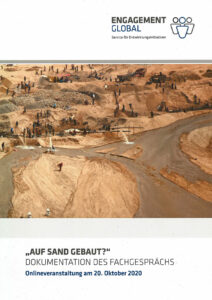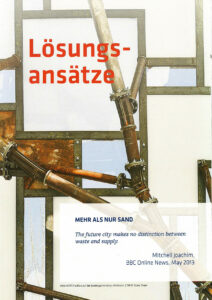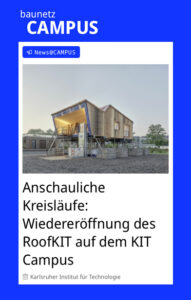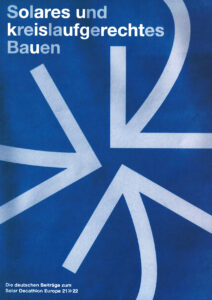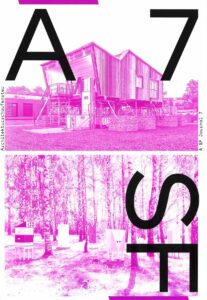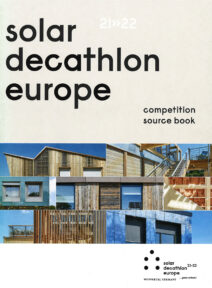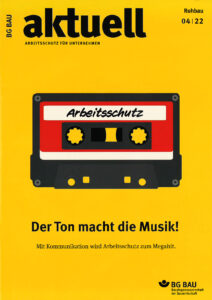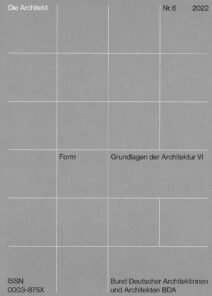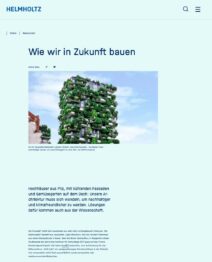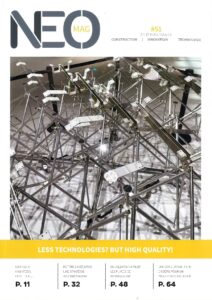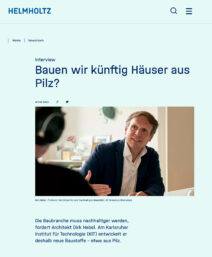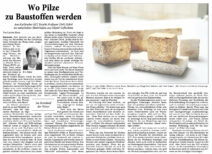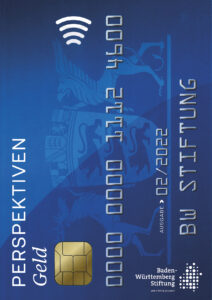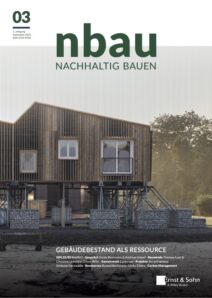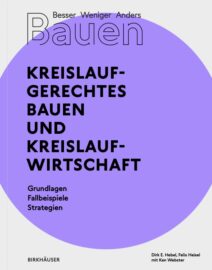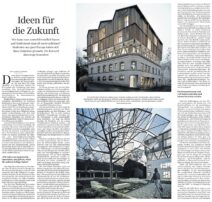Addis 2050 – Culture
Culture Today
Culture 2050 – An Alternative
Tomorrow, in 2050, life in Addis Ababa is vibrant, diverse, public and secure. We enjoy our social heritage, our cities as cultural centers and our public spaces as an expression of an open, active, inventive, green, and responsible society.
At the end of the 20th century, housing shortages, energy blackouts, old and outdated mobility concepts, and inefficient or not existing infrastructures challenged the future of our nation. Additionally, health risks resulting from high levels of air pollution and other environmental hazards made the capital difficult to enjoy.
But combining economic growth and our own life prosperity with an alternative renewable energy concept for Ethiopia changed the way we lived. Migration slowed down, identity was strengthened, local habits and traditions could survive in the regions and Ethiopia therefore was able to protect its incredible rich culture and history.
Instead of following trends and fashions from the outside, the society developed into a trendsetter itself for other nations. Today, we are a role model for so many other countries, delegations come from all over the world to learn about our culture and how technology is used to strengthen local identities instead of destroying them. We harvest the energy we have, sun, water and wind, and we build small towns and cities of close proximities, where the Ethiopian social culture of closeness, tradition, family sense andcharity are expressed and enhanced.
And even existing cities were changed. In Addis Ababa, a new educational mile was introduced ranging from Arat Kilo to Addis Ababa University, where cars are
banned, trees are planted and extremely attractive spaces were designed by our young architects. The National Museum, the Ethnographical Museum, the Ethiopian History Museum, the new Central Library and other cultural institutions like the Goethe Institute, the Alliance Francais, and Addis Ababa University with its many institutions along the way are now accessible through a common public space which became a garden of knowledge and exchange.
Scholars are meeting and discussing here, tourists come and exchange their knowledge with us, friendships are build and research collaborations are negotiated. It became the urban think tank for our industry and economy. This spatial interaction favors again the humans and NOT the cars, it favors knowledge production over pure apllication, it favors exchange and openness over retraction and close mindedness.
The National Museum, the Commercial Bank, the Ministry of Defense, all of those were reopened and revitalized as public buildings around the area, which had an immense effect on the immediate surroundings as a public space of interaction. Restaurants opened their doors, traffic is re-routed in the evening hours and the National Theater opened an outside stage, which strengthened the role of the building as a magnet for social activities in the midst of the city.
The area is known as the “Cultural Mile” of Addis Ababa. It’s strategic location in the heart of the City makes it a popular space for all generations, small businesses, restaurants, artists and students are to be found, shaded by trees and a densified urban layout to create a real ‘Piazza’ for the people.
Another heritage building, the old station at the lower end of Churchill Road, sparked an additional social and economic important corridor in the city. The “Rail Line Project” started in 2032, connecting “La Gare” with Bole Airport following the old rail tracks of the Addis-Djibouti line.
The artificial topography of the project offers a contemporary and transformative breeding ground for small production and retail stores, spaces for entrepreneur companies, pockets for various markets, test grounds for new technologies, niches for cafes and restaurants, shops and small fabrication places for craftsmen and artists, all enhancing the economic base of the neighborhood. One finds also spaces for religious celebrations, very small open-air cinemas and all kinds of performances along with traditional festivals.
The ‘Kebena River Nature Park’ offers today a remote and piece full place in midst of a vibrant and environmental successful city. The Ethiopian rural history and culture can be combined with an urban future, as long as the urban does not destroy the biggest treasure we have: tradition, history, and our incredible nature.



